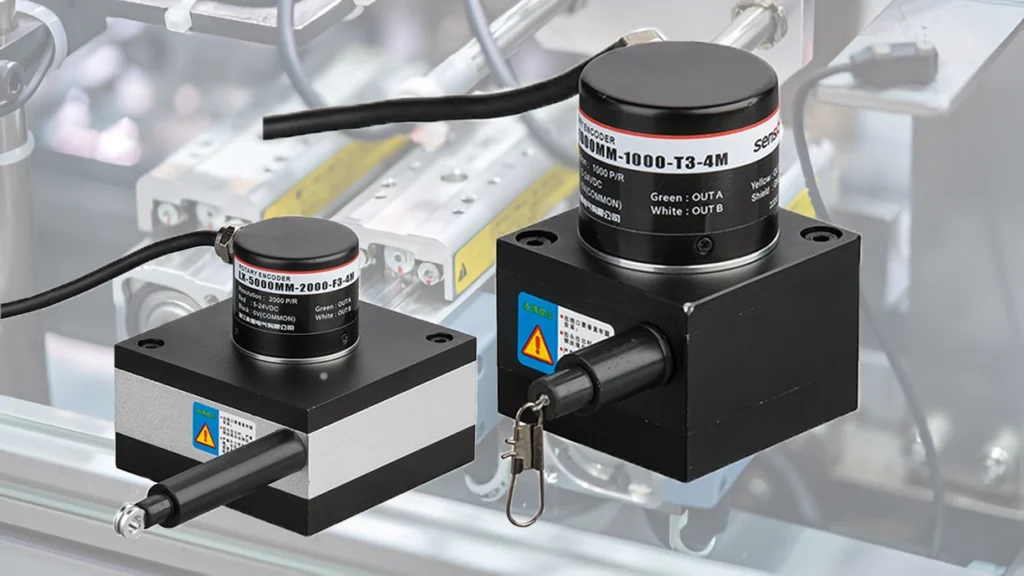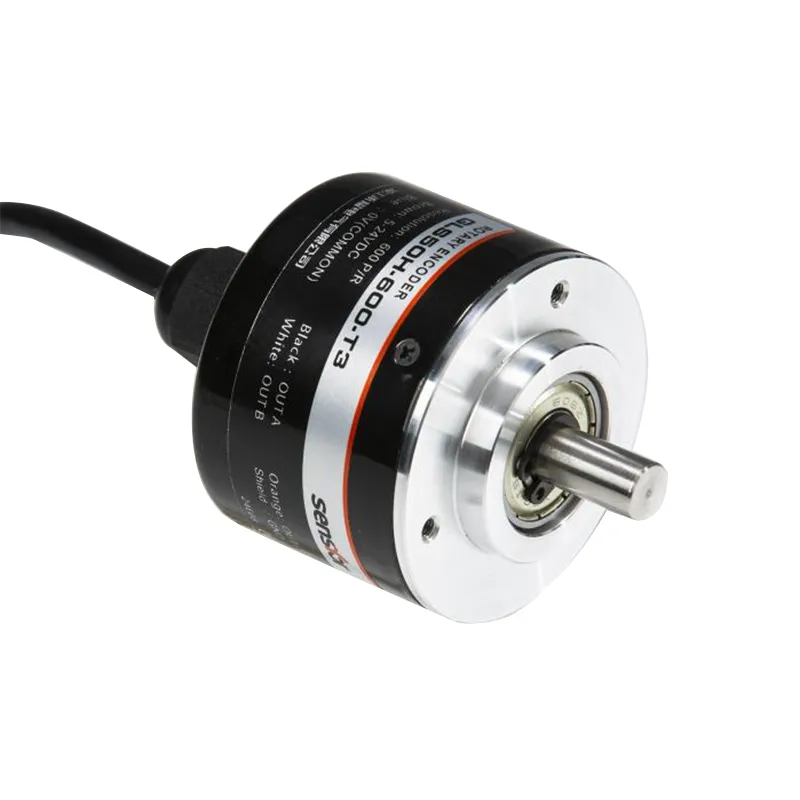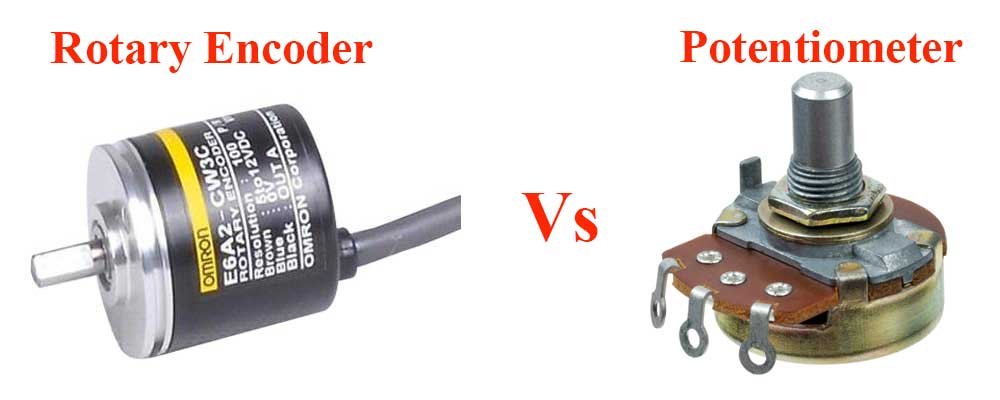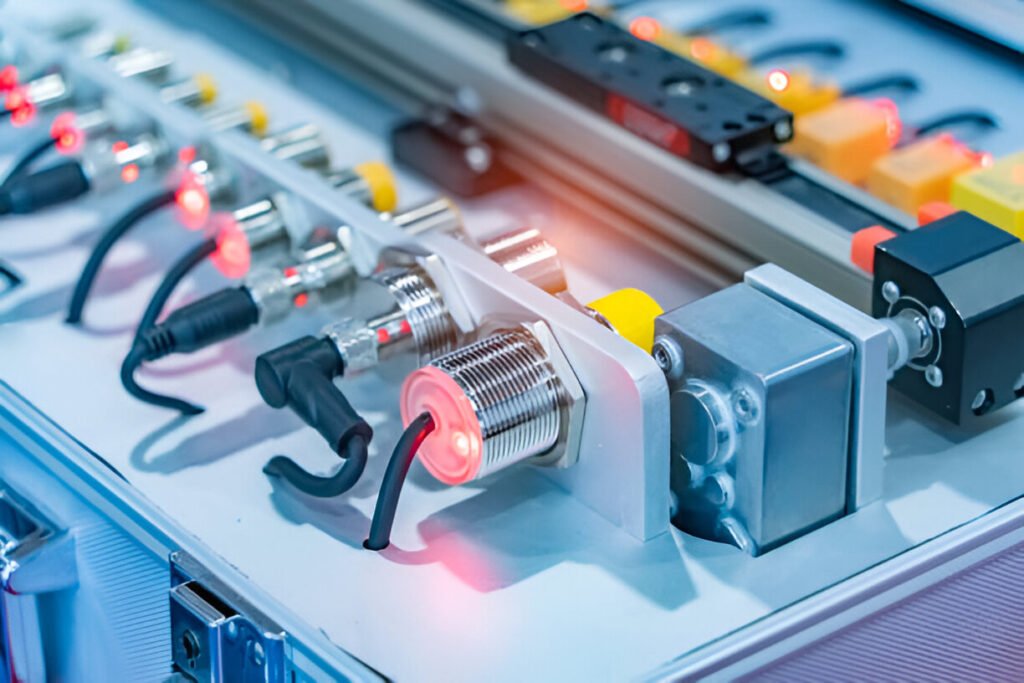
What is an Incremental Rotary Encoder Guide
An جهاز التشفير الدوار التزايدي is a sensor that detects the rotation of a shaft or axle and converts it into an electrical signal. It is widely used in industrial automation, robotics, and many other applications to provide precise position, speed, and direction feedback. Understanding the incremental rotary encoder is crucial for selecting the right encoder for your machinery or project.
Incremental Rotary Encoder Definition and Basic Principle
An incremental rotary encoder produces a series of electrical pulses as the encoder shaft rotates. These pulses correspond to increments of rotation and do not provide an absolute position but rather changes from a reference point. The encoder typically includes a disk with evenly spaced slots and a sensor that detects these slots as light or magnetic signals.
Key points include:
- The basic output signals are channels A and B, which produce square waves offset by 90 degrees (quadrature), allowing determination of direction.
- A reference channel, often called channel Z, provides a zero or home position pulse once per revolution.
- Incremental encoders can be optical, magnetic, or mechanical based on the sensing method.
| الميزة | الوصف |
|---|---|
| Signal Output | Channels A, B (quadrature), and Z (index) |
| نوع الإخراج | Pulse signals representing rotation increments |
| Position Information | Relative position (incremental) |
| Direction Detection | Based on phase difference between A & B |
Incremental vs Absolute Rotary Encoder
Unlike an absolute rotary encoder, which provides a unique position value at every point in a full rotation, an incremental encoder only indicates movement increment from its last position. Absolute encoders store position from power up, while incremental ones require a reference point.
| الميزة | Incremental Encoder | Absolute Encoder |
|---|---|---|
| Position Reference | Relative to a starting point | Absolute position at all times |
| Power Loss | Position lost without a reference pulse | Position retained after power loss |
| Complexity | Simpler design | More complex electronics |
| Cost | Generally cheaper | Typically more expensive |
Applications of Incremental Rotary Encoder
Incremental rotary encoders are versatile and used in various fields:
- Industrial automation: Monitoring speed and position in CNC machines, conveyor belts, and robotics.
- Automotive: Steering wheel position sensing and throttle control.
- Consumer electronics: Volume and control knobs.
- Medical equipment: Precise positioning in imaging devices.

Ready for accurate position feedback? Explore our incremental rotary encoders and request a quote now!
Key Technical Specifications
Understanding key parameters will help in choosing the right encoder for your application:
| المعلمة | الوصف |
|---|---|
| Resolution (PPR) | Pulses per revolution, determines precision |
| Maximum Speed | Highest allowable shaft rotational speed |
| Output Signal Type | Voltage level and waveform type (TTL, etc.) |
| Shaft Diameter | Physical size to fit the device |
| تصنيف الحماية | Resistance to dust, moisture (IP ratings) |
Choosing the Right Incremental Rotary Encoder
Consider the following when selecting:
- Required resolution and accuracy for your application.
- Shaft size compatibility.
- Environmental factors like temperature and dust (choose IP-rated encoders if needed).
- Electrical output type matching your control system.
- Budget constraints balanced with needed features.
Future Trends and Market Outlook
With Industry 4.0, smart incremental encoder are gaining traction, offering higher resolution and integration with IoT for predictive maintenance. The demand is expected to rise in robotics, automotive, and smart manufacturing sectors.
Incremental rotary encoder are fundamental components in modern industrial and electronic applications. They offer reliable, cost-effective solutions for rotary position and speed feedback. Understanding their operating principles, differences from absolute encoders, and selecting the right specifications ensures optimal performance. If you need tailored rotary encoder solutions, feel free to reach out for expert advice and customized products.
الأسئلة الشائعة
Can an incremental encoder remember its position after power loss?
No, it requires a homing signal or reference pulse to recalibrate position upon restart.
What do the A, B, and Z channels represent?
Channels A and B provide pulses with a phase shift to detect rotation direction; Z gives an index pulse once per revolution.
How do I choose the right resolution?
Higher resolution means better precision but may increase cost; select based on your control needs.
How does the phase difference detect direction?
By analyzing which of A or B pulses leads, you can infer the direction of rotation.
What are common failure modes?
Signal loss due to dirt, mechanical wear, or electrical noise; regular maintenance helps prevent failure.








